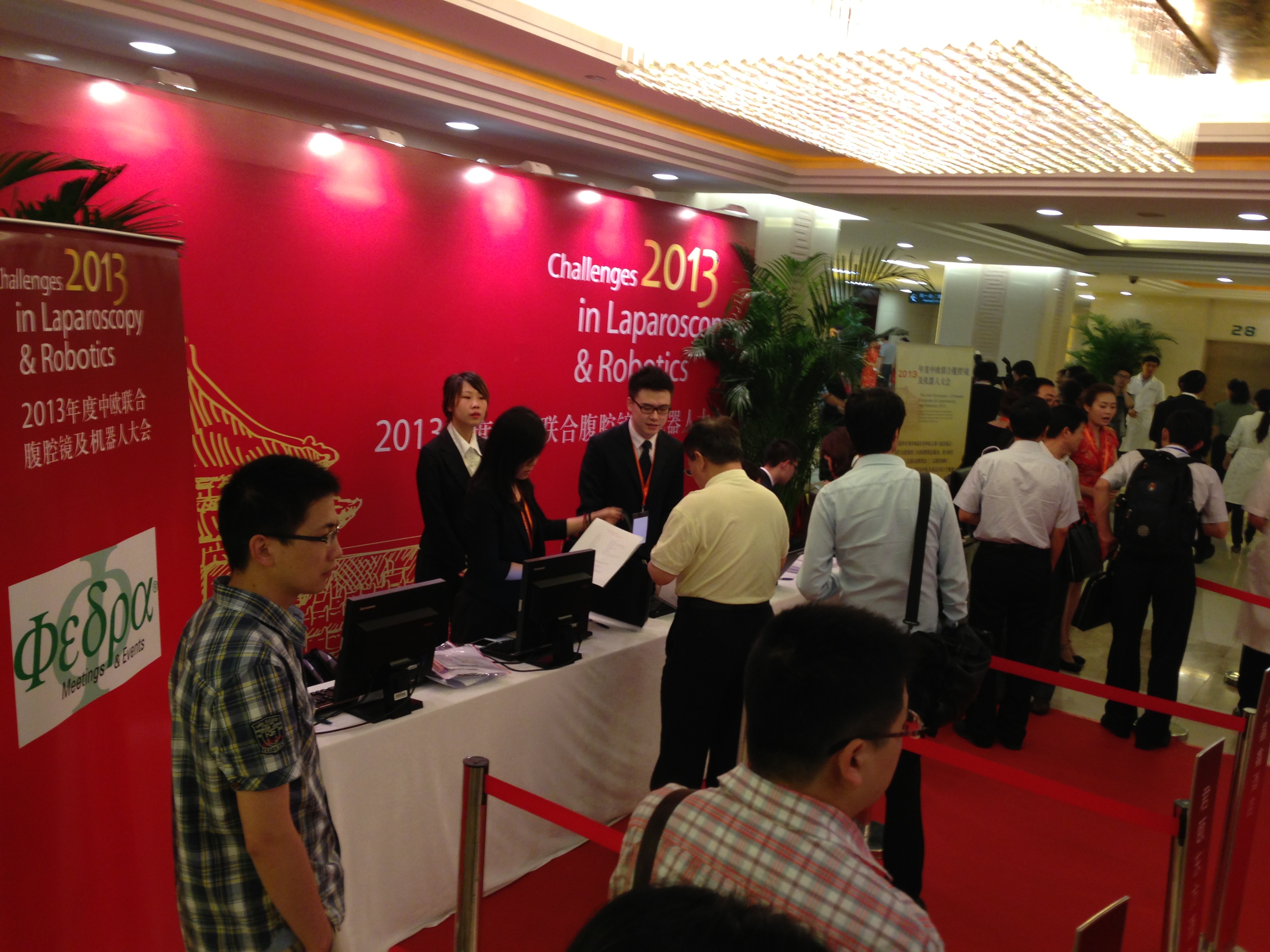While there certainly are ways to use LinkedIn for events, it has a less viral nature than Facebook, Twitter, Pinterest and Instagram. And it takes a much more intentional focus to make it work for you. That being said, LinkedIn is an incredibly powerful tool and I think you will see there is a lot that can be done – when you know how to work it.
Speakers
Ever wanted to contact a really great speaker and you just couldn’t find the contact information? LinkedIn is the perfect solution to that.
You can look it up, see if you have any connections or groups in common and reach out directly. It’s perfectly acceptable to send a connection request with a detailed message about the fact that you would like to hire them as a speaker.
And, best of all, since LinkedIn is used more sparingly than email, you will often get a response faster than if you were to directly email them.
Of course, it’s a huge benefit if you can name a person you both know or a group you are both a part of. It really helps make a great connection and gets you in the door much earlier.
Groups
When you are publicizing an event, LinkedIn groups are a great way to do it.
Just reach out directly to the group moderators and let them know about the event. Ask their permission to share and perhaps even give their audience a discount.
This is a great way to make a relationship with the group owner and share the word without spamming people.
Direct Connections
Finally, there’s nothing like a personal invitation to an event.
Make a list of all the people who would directly benefit from the event and then I reach out one-by-one to personally invite them to attend. I customize each letter so they know it isn’t a mass mail.
It is time-consuming, but none of the good stuff in life comes for free.








